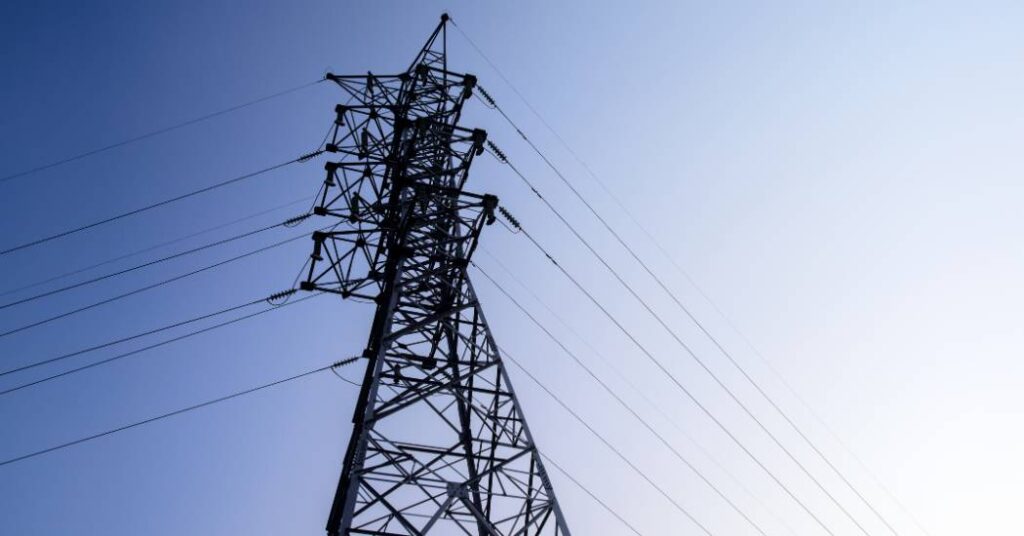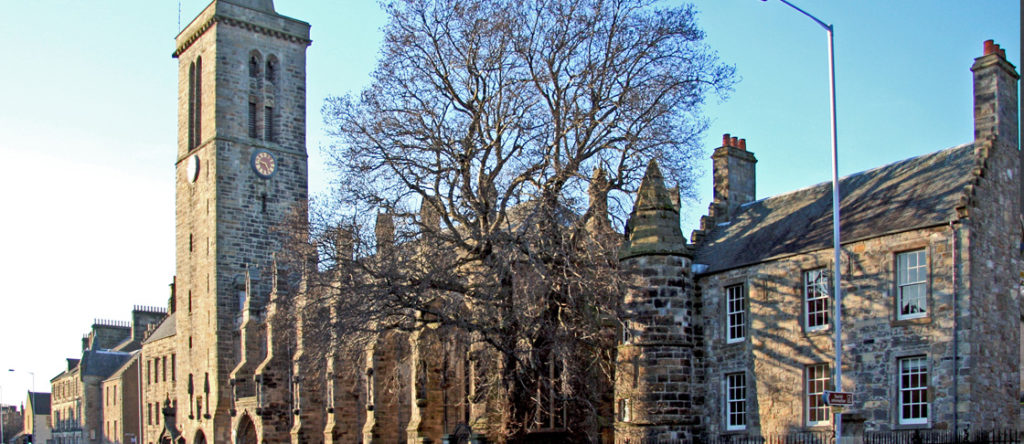Services – Infrastructure
Cabinets & Racks
As with the terminology for data centres, server rooms, computer rooms etc, so the words “racks” and “cabs” or “cabinets” are often used interchangeably. Mostly we now see IT equipment installed into enclosures with doors which might properly be described as cabinets. Typical data centre rack dimensions are 1000mm deep x 600mm wide for server racks and 800mm wide for comms racks.

About Data Centre Racks
When server density increase so does the number of network links required within each rack. Consequently 800mm width is becoming common for servers as well as comms. Heights are expressed in ‘U’ one ‘U’ being 44.45mm (1¾ inches). Typical heights are 42U (overall height around 2,000mm) up to 48U (overall height around 2,300mm). As most equipment now is cooled by a flow of air from front to back, racks should always have perforated doors front and rear.
For high density facilities, e.g. loads of over 10kW per data rack, close coupled cooling systems such as in-row or rear door cooling are preferred. These can be provided by the rack manufacturer or cooling specialists as an add-on. Not only do these enable higher power loads to be accommodated they can significantly reduce energy costs.
Power within the racks should be from a minimum of two separate supplies to provide redundancy and distributed by in-rack Power Distribution Units (PDU’s). The in-rack PDU’s can have any number and configuration of outlets to suit the equipment being supplied and can have metering – either of the PDU as a whole or for each outlet. Similarly remote switching can be provided to facilitate a remote re-boot and again this can be per PDU or per outlet.
Supplies to each data rack can be from above or below and are usually presented as “commando” sockets, rated at either 16 amps or 32 amps. At least two supplies should always be provided so that if a fault trips one the other takes up the full load. For this reason the load on a pair of supplies should not exceed the capacity of each, which at 230 volts and 32 amps is a maximum of 7.36kW although it could be less, depending on the power factor of the IT equipment.
Increasingly, racks have loads greater than 32 amps and these can be accommodated by either having four or even six supplies to each rack or by increasing the capacity of each supply to, say, 40 amps, 63 amps or, occasionally, to three phase.
Good in-rack network cable management is important because large numbers of cables have to be accommodated while ensuring a free flow of air through the server. Future-tech can advise you on all your rack and accessory options and ensure the final choice meets your needs today, with future-proofing to anticipate your requirements over the coming years.



